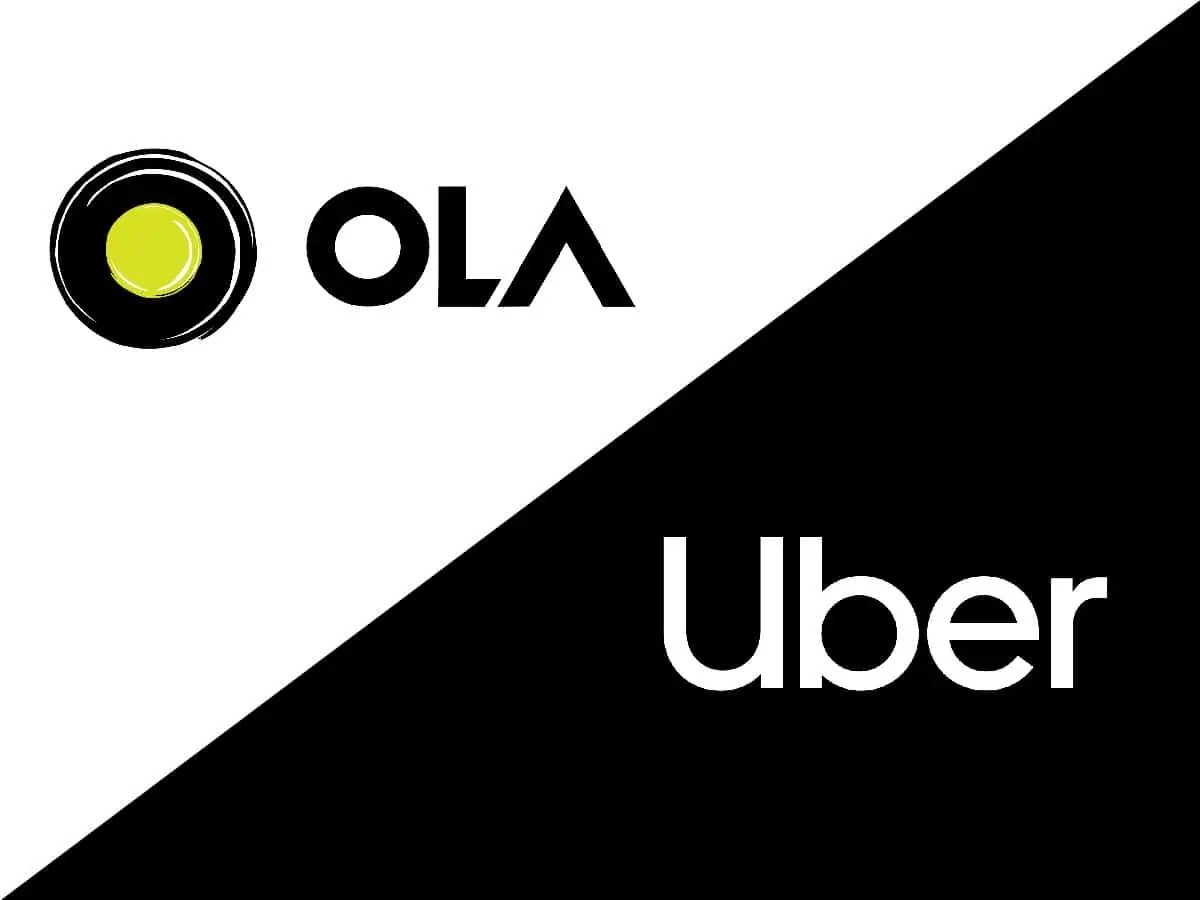Recent Posts
Ola and Uber Deny Claims of Phone Model-Based Pricing: “No Differentiation”

In recent weeks, allegations have surfaced suggesting that ride-hailing giants Ola and Uber may be charging different fares based on the model of a customer’s smartphone. However, both companies have categorically denied these claims, asserting that their pricing structures remain consistent and transparent.
The Allegations
The controversy began with several users taking to social media platforms, alleging that identical trips booked on different smartphones—one a high-end device and the other a budget model—resulted in varying fares. Screenshots comparing ride prices fueled speculation that the apps might use device data to tailor pricing, potentially charging higher fares to users with premium phones.
Official Responses
Ola and Uber have both responded to these allegations, unequivocally denying any device-based differentiation in pricing. In a joint statement, an Uber spokesperson said, “We do not collect or use device model data to determine trip fares. Our dynamic pricing is based on factors such as demand and supply, time of day, distance, and estimated trip duration.” Similarly, Ola representatives stated, “Our pricing algorithms are designed to ensure fairness and transparency for all users, regardless of the device they use.”
How Ride-Hailing Pricing Works
The pricing strategies employed by ride-hailing companies are predominantly driven by dynamic algorithms. These algorithms consider variables such as:
- Supply and Demand: Increased demand during peak hours or special events can lead to surge pricing.
- Distance and Duration: Longer trips or those expected to take more time due to traffic conditions will generally cost more.
- Geographical Factors: Local regulations, taxes, and fuel prices can also affect fares.
Device data, according to both companies, does not play a role in determining these fares.
User Reactions
While the companies have denied the claims, user skepticism persists. Some customers remain unconvinced, pointing to the lack of clarity in how ride-hailing algorithms work. “Even if they don’t use phone models, there should be more transparency in how prices are calculated,” one user commented on social media.
Experts Weigh In
Experts in technology and data privacy have also chimed in. “While it’s technically possible for apps to access device information, such practices would raise significant ethical and legal questions,” said Ritu Sharma, a cybersecurity analyst. “If users suspect such behavior, they should report it to regulatory bodies or consumer forums.”
Regulatory Oversight
In light of these allegations, consumer advocacy groups have called for stricter oversight of ride-hailing companies. Regulators may need to step in to ensure that pricing algorithms are fair and not discriminatory in any way.
Conclusion
While Ola and Uber have refuted claims of phone model-based pricing, the controversy highlights the growing concerns over transparency in tech-driven services. As ride-hailing becomes an integral part of urban transportation, companies must work to build trust by maintaining fairness and providing clear communication about their pricing mechanisms. Until then, the debate over algorithmic pricing practices is unlikely to fade away.
Recent Posts
Categories
- Actor4
- Actress7
- Bank4
- Biography2
- Bollywood4
- Business10
- Company9
- cricket4
- Economy23
- Education6
- Entertainment47
- External Affairs Defence Security1
- Finance1
- Football1
- Health1
- Hollywood2
- Home1
- India70
- india9
- Industry6
- Latest News53
- lifestyle1
- maharashtra1
- market4
- Politicians13
- Politics29
- Press Release282
- Social8
- Sports28
- Stock Marekt18
- Technology24
- Tollywood2
- World40
- world17
Related Articles
President to Confer National Geoscience Awards 2024 on Sept 26
Geoscience Awards 2024 on Sept 26 The President of India will confer...
ByNewsium DeskSeptember 25, 2025“WaveX Launches 7 New Incubation Hubs for Media & AVGC-XR”
WaveX Launches WaveX, a leading startup accelerator platform, has announced the launch...
ByNewsium DeskSeptember 24, 2025India’s Big Move Stuns US, China During Trade Tensions
When most of the world was worried about rising tariffs and trade...
ByNewsium DeskSeptember 24, 2025“Rajnath Singh Says Modi to Stay BJP’s PM Candidate for Future”
Strong Statement on India’s Political Future Defence Minister Rajnath Singh has sent...
ByNewsium DeskSeptember 24, 2025












Leave a comment